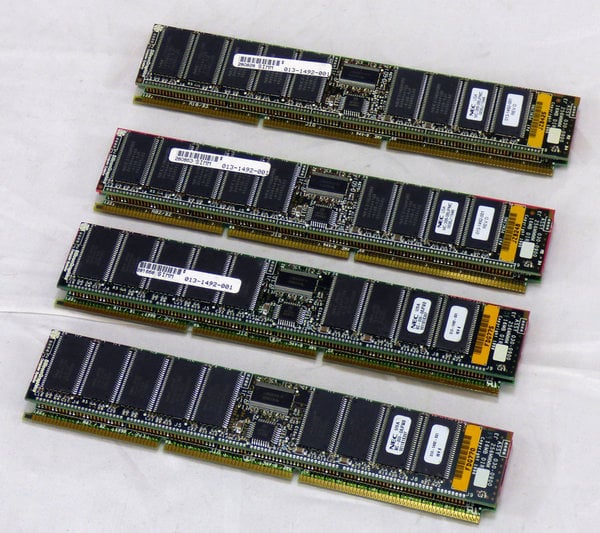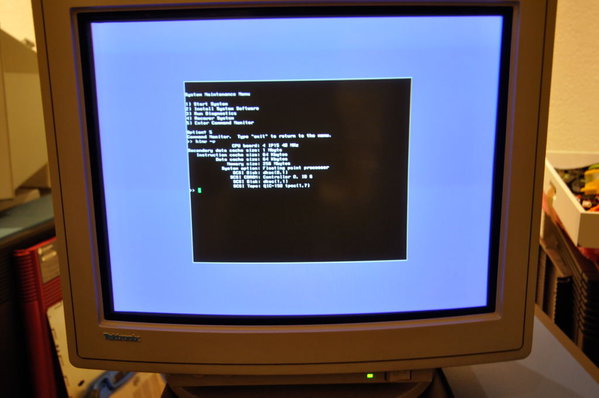http://techpubs.sgi.com/library/tpl/cgi ... /ch18.html
I have written IRIX device drivers professionally. The device driver programmer's guide is some 1100 pages and even then there are some things which are simply not documented or unexpected and/or which require some assistance from and SGI engineer. That is a bit of a problem, these days since SGI doesn't support IRIX anymore (unless maybe if you're related to the US defense apparatus and have serious money to spend). But the basics (initialization, memory mapped IO, interrupts) work mostly like your average Linux/UNIX.
DevDriver_PG wrote: EISA Address Mapping
The pages of EISA I/O address space are mapped to physical addresses 0x0001 0000 (slot 1) through 0x0004 0000 (slot 4). The 112 MB of EISA memory address space is mapped to physical addresses between 0x000A 0000 and 0x06FF FFFF. Addresses in these ranges can be mapped into the kernel address space for PIO or for DMA (see “Kernel Functions for EISA Support”).
I have written IRIX device drivers professionally. The device driver programmer's guide is some 1100 pages and even then there are some things which are simply not documented or unexpected and/or which require some assistance from and SGI engineer. That is a bit of a problem, these days since SGI doesn't support IRIX anymore (unless maybe if you're related to the US defense apparatus and have serious money to spend). But the basics (initialization, memory mapped IO, interrupts) work mostly like your average Linux/UNIX.
Now this is a deep dark secret, so everybody keep it quiet

It turns out that when reset, the WD33C93 defaults to a SCSI ID of 0, and it was simpler to leave it that way... -- Dave Olson, in comp.sys.sgi
Currently in commercial service:
 (2x)
(2x)

In the museum : almost every MIPS/IRIX system.
Wanted : GM1 board for Professional Series GT graphics (030-0076-003, 030-0076-004)

It turns out that when reset, the WD33C93 defaults to a SCSI ID of 0, and it was simpler to leave it that way... -- Dave Olson, in comp.sys.sgi
Currently in commercial service:

 (2x)
(2x)

In the museum : almost every MIPS/IRIX system.
Wanted : GM1 board for Professional Series GT graphics (030-0076-003, 030-0076-004)



 ).
).

























